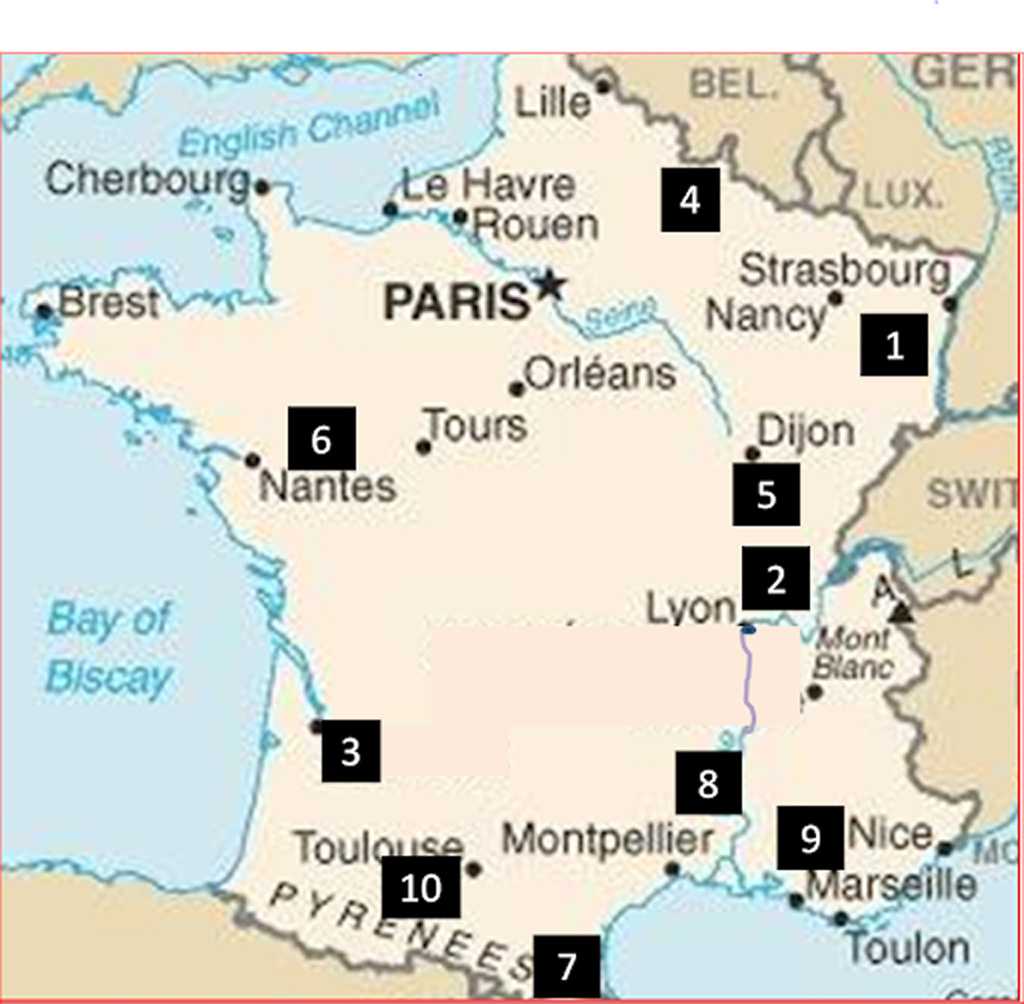
Where's My Wine From? Trivia Quiz
French Appellations
France is famous for wine production, with varied "terroir" or land characteristics that influence the flavors of the wine from that region. Do you know where these famous appellations are within France? Choose the correct area from the map provided.
A label quiz
by Team Phoenix Rising.
Estimated time: 3 mins.
